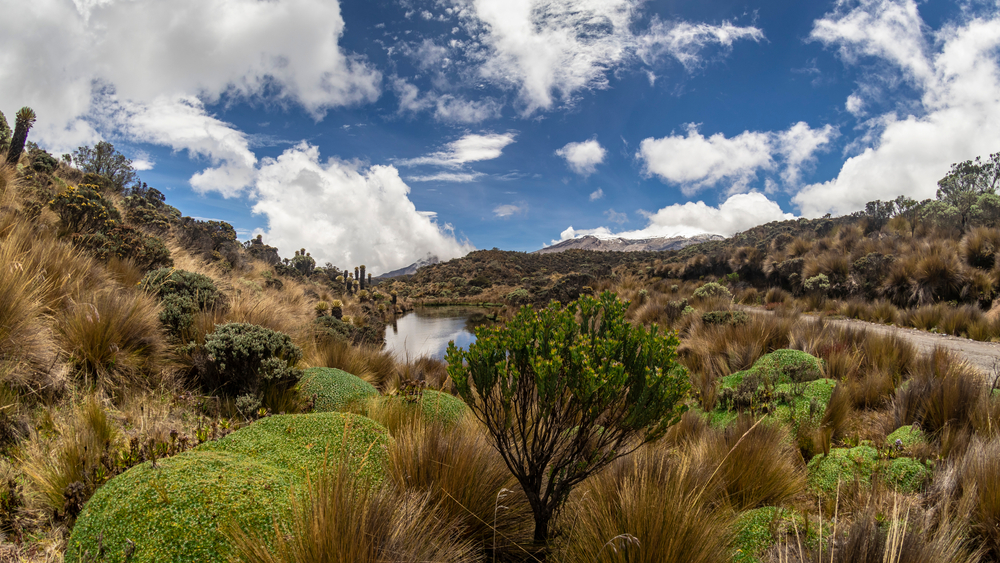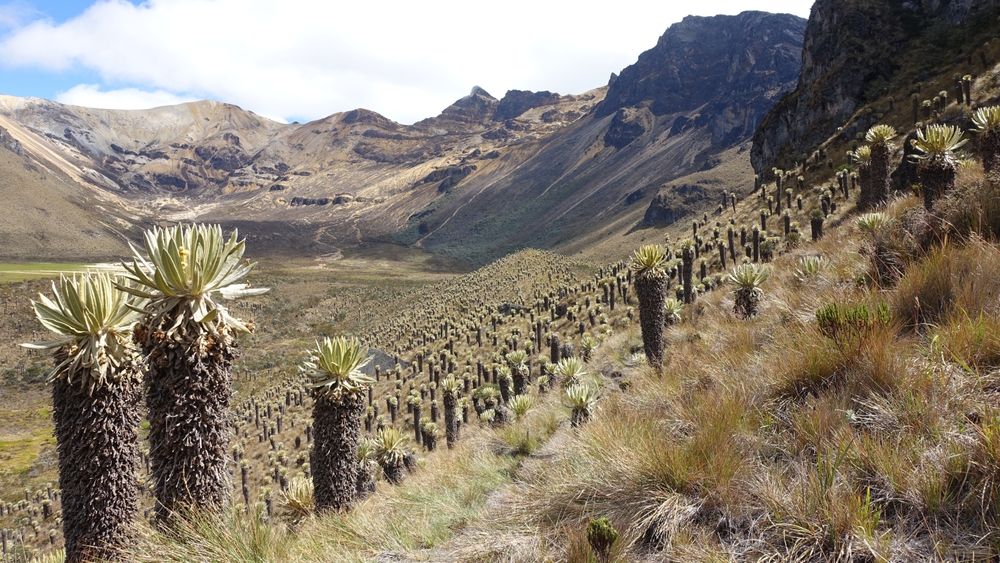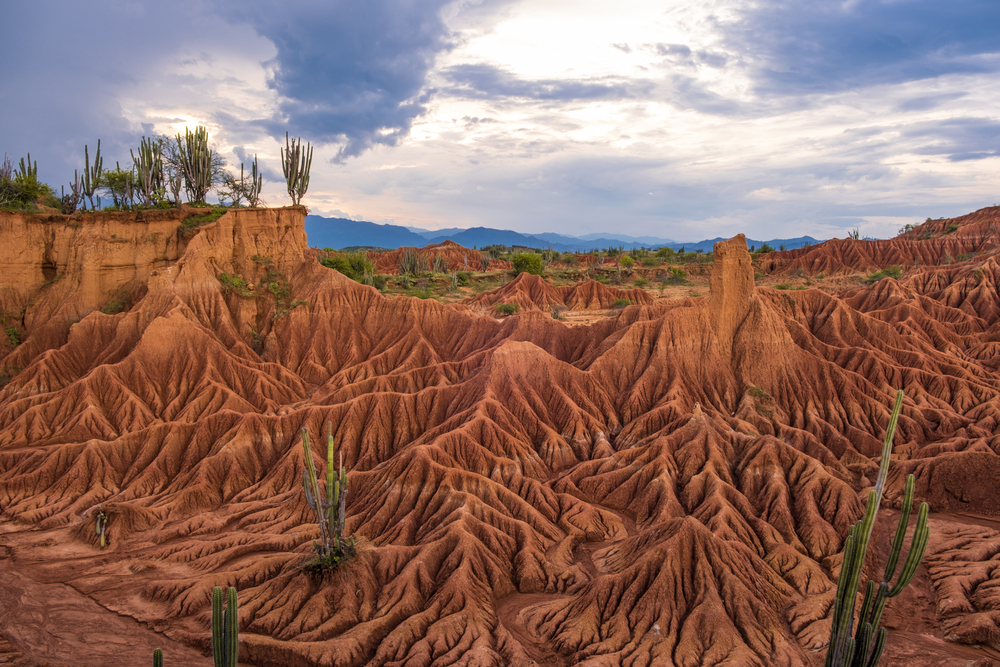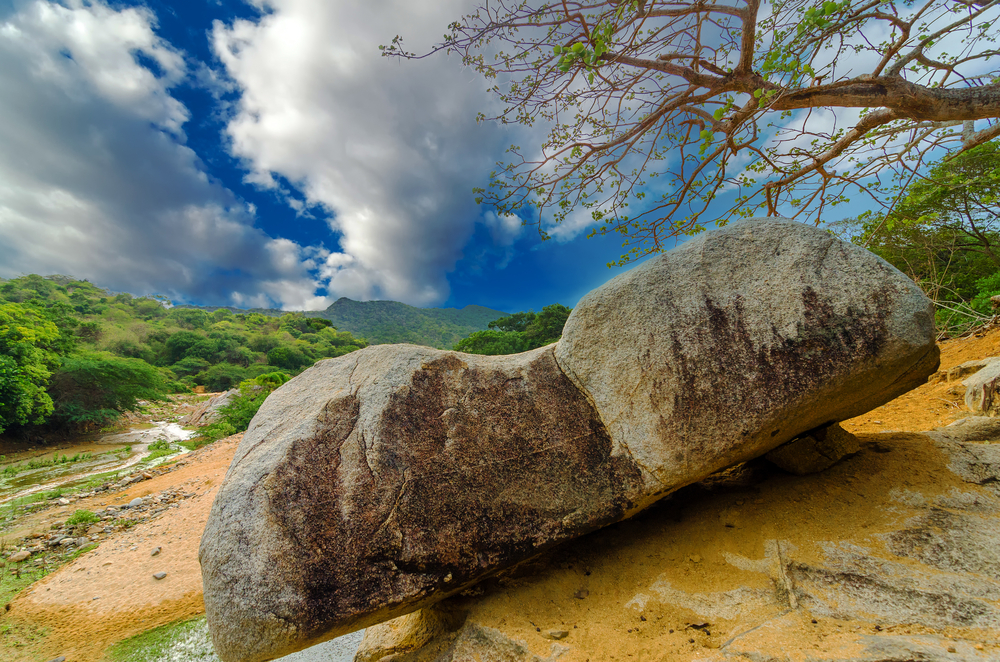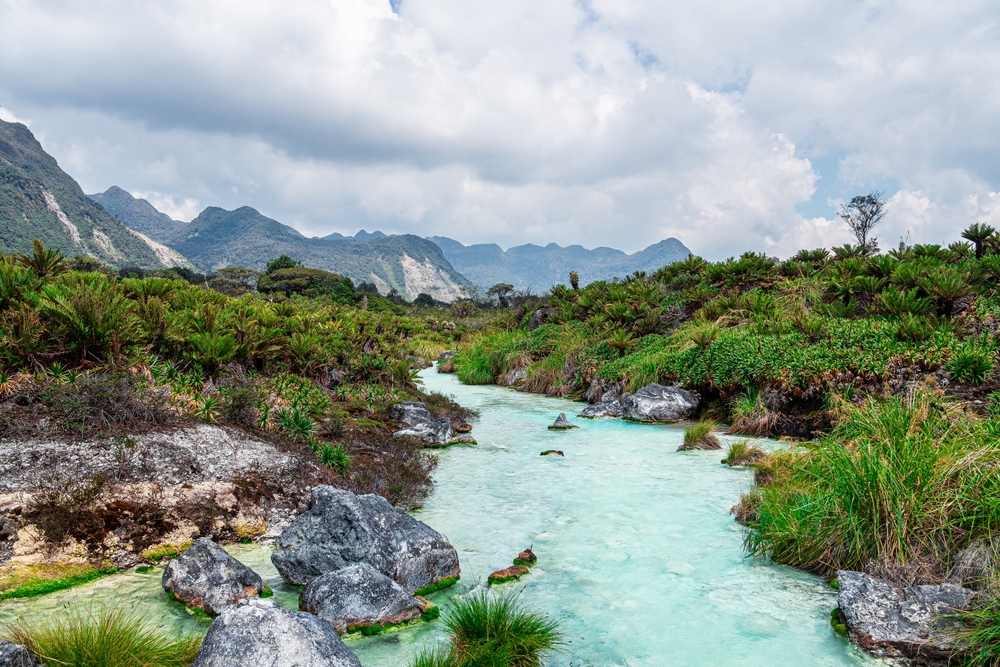Sanquianga Overview
Sanquianga National Park, known locally as Parque Nacional Natural Sanquianga, is a protected area located on the Pacific coast of Colombia, within the department of Nariño.
Covering approximately 320 square miles (800 square kilometers), this national park is a crucial part of Colombia’s network of protected coastal ecosystems. The park consists of extensive mangrove forests, estuaries, and coastal lagoons, forming a dynamic landscape where freshwater from rivers meets the salty waters of the Pacific Ocean.
The dominant terrain includes sprawling mudflats, dense mangrove swamps, and a coastline lined with small sandy beaches. The mangrove forests, which include species such as the red, white, black, and buttonwood mangroves, provide essential habitat for many species of fish, birds, and marine life. The tidal variations and rich sediment deposits make this an area of high biological productivity, supporting both wildlife and local communities that depend on the park’s resources.
Wildlife within Sanquianga National Park is diverse, with numerous species uniquely adapted to coastal and estuarine environments. The park is an important breeding ground for marine life, including shrimp, mollusks, and a variety of fish species, which thrive in the nutrient-rich waters.
Birds are a key attraction, with species such as the roseate spoonbill, great egret, brown pelican, and black-crowned night heron commonly seen wading in the shallows or roosting among the mangrove branches. Migratory birds also make seasonal stops here, taking advantage of the park’s sheltered waters. The area supports an array of mammals, including crab-eating raccoons, neotropical otters, and collared peccaries, which navigate the labyrinthine mangrove roots in search of food.
Reptiles, such as green iguanas and various snake species, are also commonly found, while the coastal waters provide habitat for sea turtles, including the endangered hawksbill and olive ridley turtles, which use the sandy shores for nesting.
One of the most significant features of Sanquianga National Park is its vast mangrove ecosystem, one of the most important along the Colombian Pacific coast. These mangroves play a crucial role in protecting the shoreline from erosion, absorbing carbon, and providing a nursery for marine species.
The park is also home to traditional Afro-Colombian communities that rely on fishing and sustainable use of natural resources for their livelihood. The estuaries and channels are often navigated by local fishermen in wooden boats, showcasing the deep cultural connection between the people and the environment.
Visitors can experience the park through guided boat tours, which offer an immersive journey through the twisting waterways, allowing for up-close encounters with the unique flora and fauna.
Birdwatching is another popular activity, as the mangroves provide ample opportunities to observe rare and colorful avian species in their natural habitat. While the park lacks large-scale infrastructure for tourism, its unspoiled nature makes it a destination for eco-tourists seeking an off-the-beaten-path adventure.
Sanquianga National Park faces significant conservation challenges, including illegal fishing, deforestation of mangroves, and pollution from human activities. The delicate balance of this ecosystem is under threat from habitat degradation and climate change, which affects sea levels and alters the salinity of estuarine waters.
However, conservation efforts led by Colombian environmental authorities and local communities have focused on reforestation of mangrove areas and sustainable fishing practices to protect the park’s biodiversity. There has been growing awareness of the park’s ecological importance, leading to increased initiatives aimed at preserving its critical habitats. With ongoing protection measures, Sanquianga remains a key sanctuary for wildlife and a vital area for ecological research and conservation in Colombia.












































































